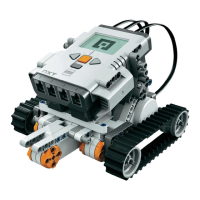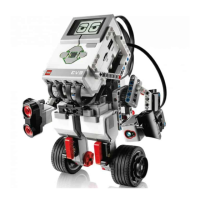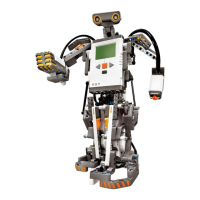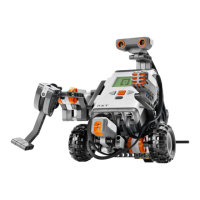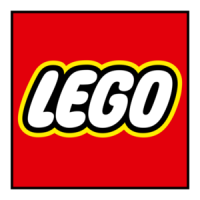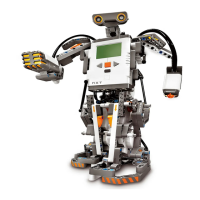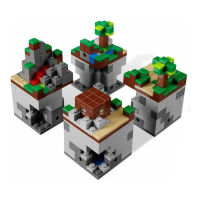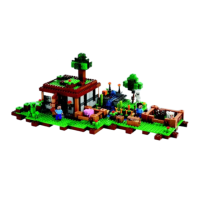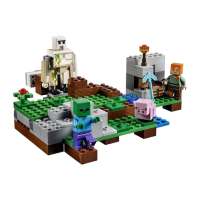Page 225
more than three inputs or outputs? On the input side, at least, there are some tricks. Chapter 5, Minerva, a Robot with an Arm, describes some ways of putting more than one sensor on a single
input. It's possible to put multiple switches on a single input, but you can't tell which of them was pressed when a touch occurs.
A simple circuit allows you to hook up four switches to a single input and detect them individually. This circuit is called a touch multiplexer, because it mashes three input signals into one. This
idea was originally suggested by Paul Haas; one implementation is documented nicely at Michael Gasperi's web site.
Note that this method uses regular switches, not the LEGO touch sensors. The touch sensors that come with RIS provide a varying resistance as they are pressed. A garden variety switch is much
more of a binary device, which is better suited to our touch multiplexer.
The touch multiplexer is based on a fundamental concept in electronics: the combination of different resistances. Michael Gasperi's design combines resistors in parallel. The touch multiplexer I'll
describe here combines resistors in series, which simplifies the math.∗ The basic circuit is shown in Figure 11-8.
Figure 11-8.
The touch multiplexer circuit
Pressing a single switch shorts out the corresponding resistance, which reduces the raw input value. Because each touch sensor has a different resistance, the touch sensors each reduce the raw
input readings by recognizable amounts. Note that the resistors roughly double in value as you move from left to right. This makes it easier to interpret the results of the touch multiplexer.
Each combination of switches produces a unique resistance, which results in a unique raw input value. By examining the raw input values in your robot's program, you can figure out which touch
sensors were pressed.
You can convert the raw value to a resistance with the following equation, where raw is the raw input value:
∗John Tamplin deserves the credit for this idea.
Page 226
Once you've got the resistance, and assuming you have a binary progression of resistors, you can convert the input resistance to a bitmask of switch presses with this equation:
The bitMask will contain four bits of information, one for each switch. Each bit is 0 when the switch is closed (pressed) and 1 otherwise.
The raw input value depends on the battery voltage. As the batteries drain, the raw reading will become lower, which means that the calculated value of R becomes lower. Adding 1/2 in the
previous equation (and rounding to an integer) helps compensate for this and allows the touch multiplexer to work until the batteries are about half-drained.
Other Neat Ideas
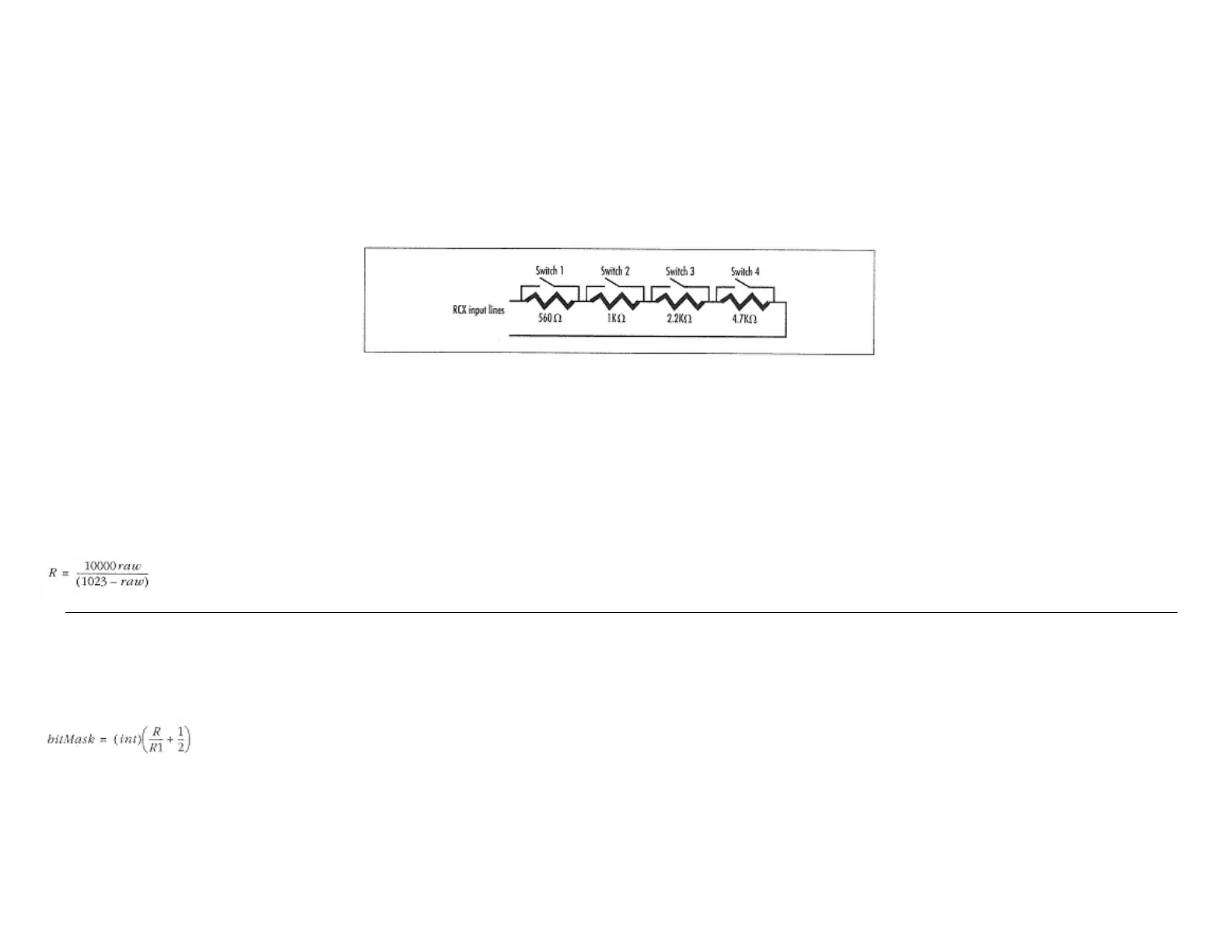